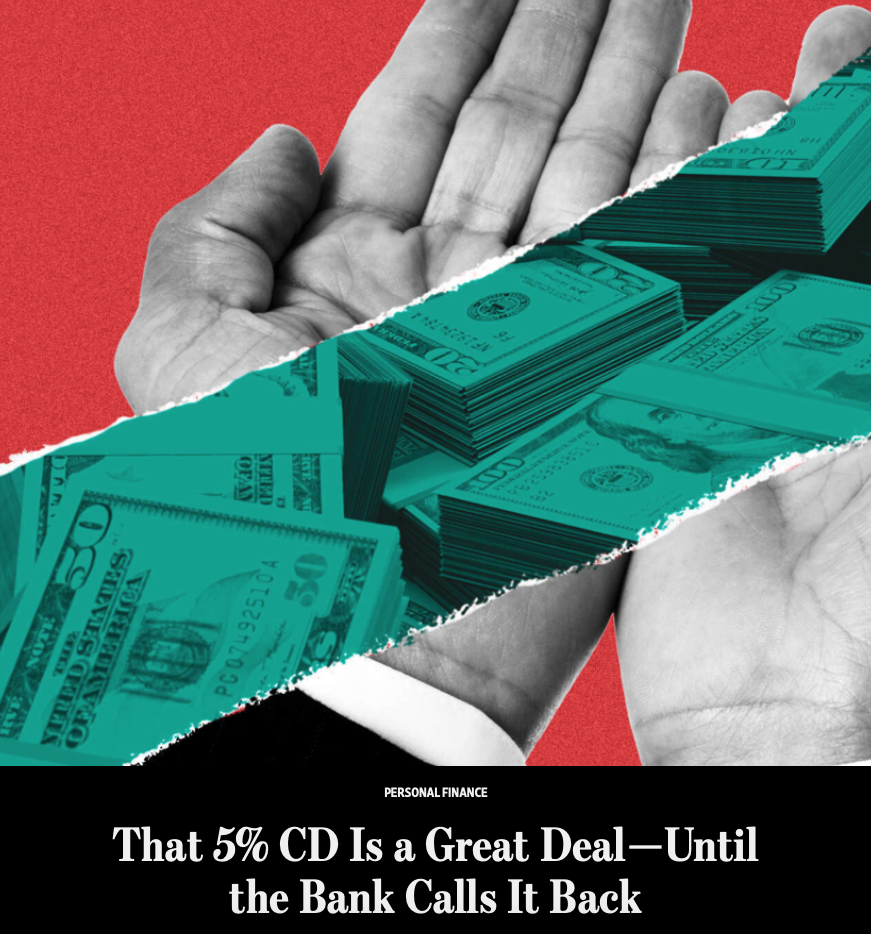Main Street’s buying stocks while Wall Street sells: What gives?

It’s been a rollercoaster year for stocks. The S&P 500 is down more than 20% year-to-date and 2022 is likely to end up as the sixth-most volatile year since the Great Depression.
But not all traders are on the same ride — the large, institutional investors on Wall Street have shuffled away from markets while Main Street’s retail investors are still strapped in.
What’s happening: It hasn’t been a great year for investors — global equity markets are contending with sky-high inflation, elevated interest rates and slowing economic growth. But despite this year’s lackluster market, investors bought $800 billion of Exchange Traded Funds which are baskets of stocks typically purchased by retail investors. That’s the second most on record, according to Bank of America’s Jared Woodard.
Hedge funds and other institutional investors, meanwhile, have been heading for the exits and selling their stocks — preferring to hold on to cash instead. Goldman Sachs reports that funds increased their cash holdings to around 2.5% of their total portfolios this fall. That’s a full percentage point higher than where it was at the end of last year and the highest level since the beginning of 2020.
At the end of November, institutional investors’ portfolios were about $375 billion lighter in equities than they were at the end of 2021, according to data from S&P Global Market Intelligence. Retail investors, meanwhile, acquired $4.3 billion more in equities over the same period.
The S&P 500 is heading toward its worst year in a decade. However, Main Street is holding on to its stocks while Wall Street is running for the hills.



